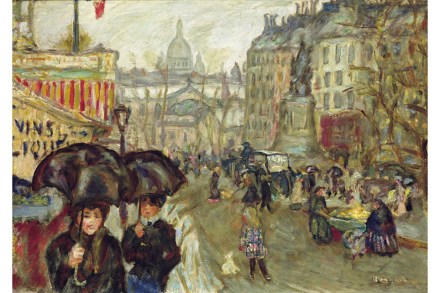Between the Iron Lady and the Wedding Cake: conflict in Belle Époque Paris
Between 1789 and 1871 Paris went through five kings, two Bonapartist empires, two republics, several revolutions and a Commune. Each had been an attempt to accommodate or neutralise one of two visions of France. The oldest was traditional and conventional; it mourned the ancien régime, and preferred the safety of autocracy over the chaos of democracy and God over science. The younger was progressive and eager for change, building on the ideas of the Enlightenment and the revolutionary ideals of 1789. We are taken through slums, cafés, law courts, theatres, brothels, strikes and demonstrations For Mike Rapport, ‘the friction between change and tradition is perhaps the defining characteristic of the modern


